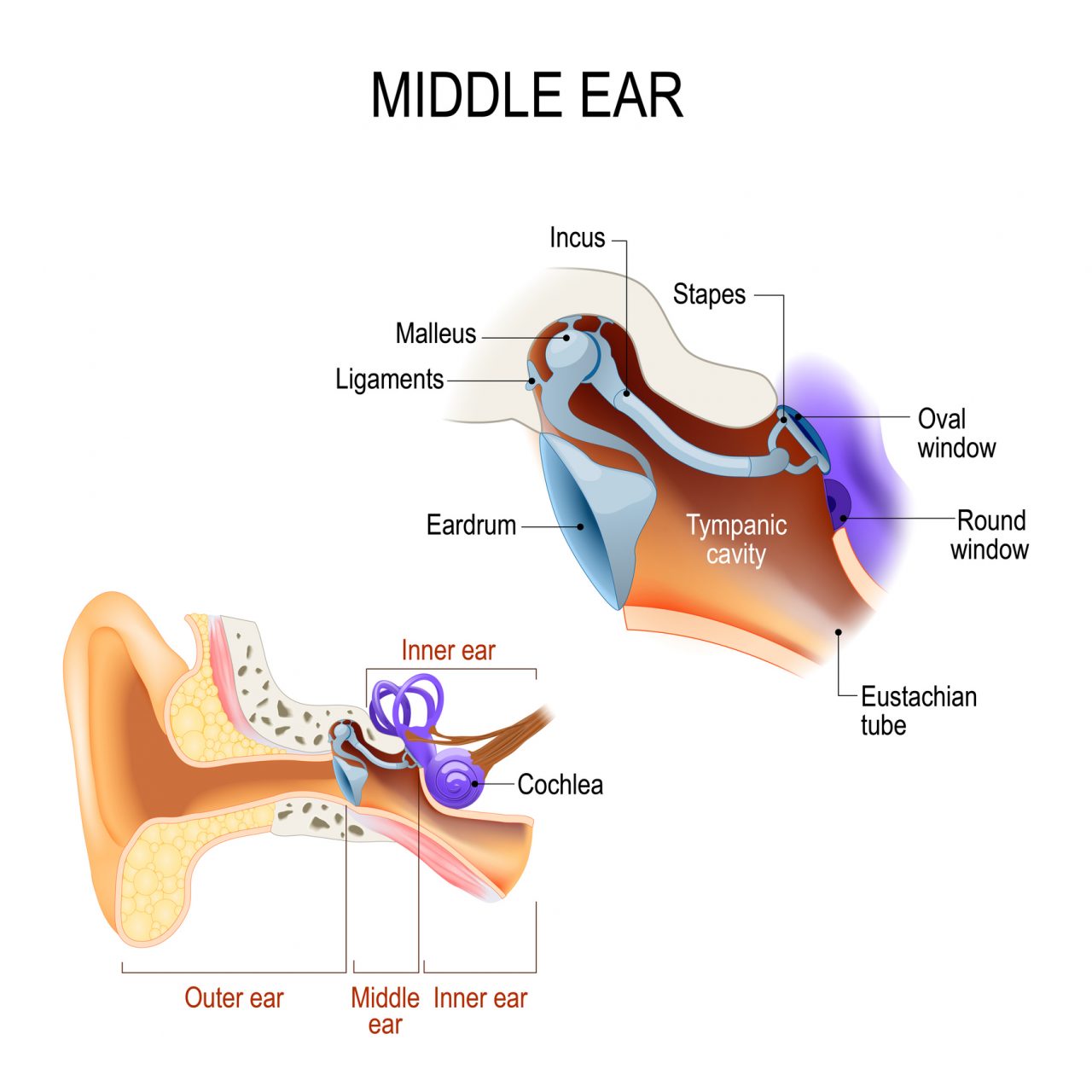If you’re a parent, it probably comes as no surprise that middle ear infections are common in children, particularly those between the ages of six months and two years. Known as otitis media, these are caused by a number of factors, both physical and environmental.
Most ear infections clear up on their own, or are treated with antibiotics. But in some children, they can become a chronic problem that causes other issues, such as delays in speech development and learning. For these children, ear tubes may be recommended.

What Are Ear Tubes?
Ear tubes are tiny cylinders, made from plastic or other materials, which are surgically inserted into the eardrum. They are meant to remain in place from six months to as long as several years; at some point they will either fall out on their own, or will need to be surgically removed. They go by a variety of names including tympanostomy tubes, ventilation tubes and PE (pressure equalization) tubes.
How Is Ear Tube Surgery Performed?
Adults may have the procedure performed in the clinic.
Myringotomy is a common and safe procedure, and complications are rare. Occasionally, patients will experience a perforation of the eardrum, scarring or infection.
Benefits of Ear Tubes
Ear tubes provide ventilation to the middle ear and allow fluids to drain, reducing the chances of an ear infection from occurring. They can restore hearing loss caused by excess middle ear fluid, alleviate speech and balance problems, and improve behavior and sleep problems caused by ear infections.
How Effective Are Ear Tubes?
Ear tubes are highly effective in reducing chronic ear infections, though some children (approximately 25 percent) who receive them before the age of two may need them again.
Call Benjamin Liess MD at (207) 415-4841 for more information or to schedule an appointment.